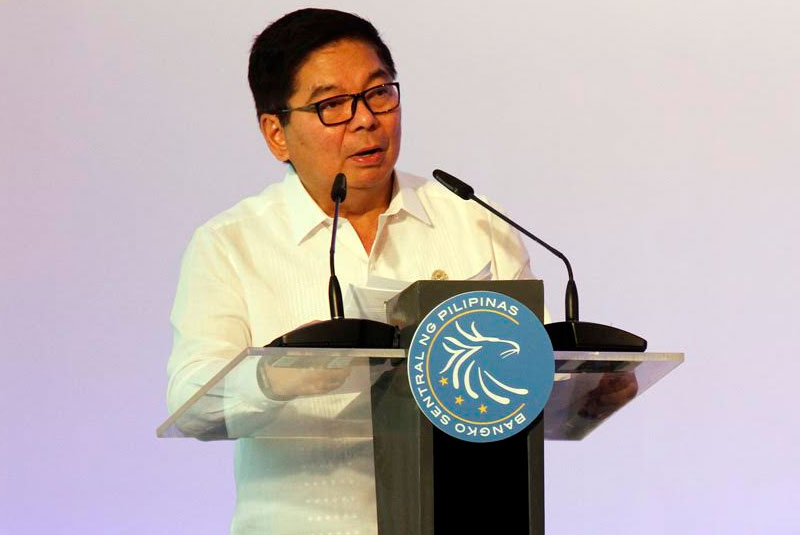Philippines: FDI inflows up 11% in 2 months
MANILA, Philippines – Foreign direct investment (FDI) inflows recorded a double-digit growth of 11 percent in the first two months on the back of sustained growth in the economy, the Bangko Sentral ng Pilipinas (BSP) reported yesterday.
Net FDI inflows amounted to $1.05 billion in the first two months, $104 million higher than the $947 million booked in the same period last year.
BSP Governor Amando Tetangco. Jr. said in an interview the Philippines’ investment grade ratings from S&P Global Ratings, Moody’s Investors Service and Fitch Ratings continue to make the country more attractive to foreign investors.
“The investment grade status of the Philippines is expected to improve further the FDI flows into the country due to the resulting lower borrowing costs and the seal of good macro-economic housekeeping,” he said.
S&P and Moody’s rate the country’s debt at ‘BBB’ and ‘Baa2,’ respectively or a notch above investment grade while ‘BBB-‘ rating from Fitch is equivalent to minimum investment grade.
Data showed equity placements declined 70.8 percent to $142 million in the first two months from $485 million in the same period last year while withdrawals more than doubled to $49 million from $22 million.
Equity capital infusion came mostly from Japan, Hong Kong, the US, Germany, and Singapore. These placements were largely invested in real estate; wholesale and retail trade; financial and insurance; information and communication; and manufacturing activities.
“Investment inflows continued as investors remain confident in the Philippine economy on the back of strong macroeconomic fundamentals,” the BSP said.
On the other hand, the central bank said non-residents’ investments in debt instruments or lending by parent firms abroad to their local affiliates in the Philippines to fund existing operations and expansion soared 133.2 percent to $821 million from $352 million.
Reinvestment of earnings inched up 3.3 percent to $137 million from $132 million.
For February alone, the net FDI inflow slightly went up seven percent to $366 million from $342 million but was 46.6 percent lower than the $685 million recorded in January.
The BSP has raised its net FDI inflow target for 2017 to $8 billion from the original target of $7 billion. Tetangco, who is scheduled to end his unprecedented two six-year term as BSP governor in July, said the government remains committed to attract more investments and address investment challenges.
He told The STAR the country’s Foreign Investments Act or Republic Act 7042 continues to serve as a barrier to the entry of foreign inesvtments into the Philippines.
“While much progress has been made in attracting FDI into the Philippines, the country’s restrictive foreign ownership law under RA 7042 has been cited as a major obstacle in attracting stronger FDI inflows,” he said.
The outgoing BSP chief said other factors constraining business and investment entry include infrastructure gaps, inadequate investor protection, laborious procedures required to open and close a business, and poor access to credit among small and medium-sized enterprises (SMEs).
Tetangco said the administration is committed to ramp up efforts to close the infrastructure gap, posting a 42.8 percent increase in spending on infrastructure and other capital outlays last year surpassing the 25.1 percent growth in 2015.
Infrastructure spending would increase further by 13.8 percent to 860.7 billion or 5.4 percent of GDP.
Source: http://www.philstar.com/business/2017/05/11/1698668/fdi-inflows-11-2-months


 English
English




